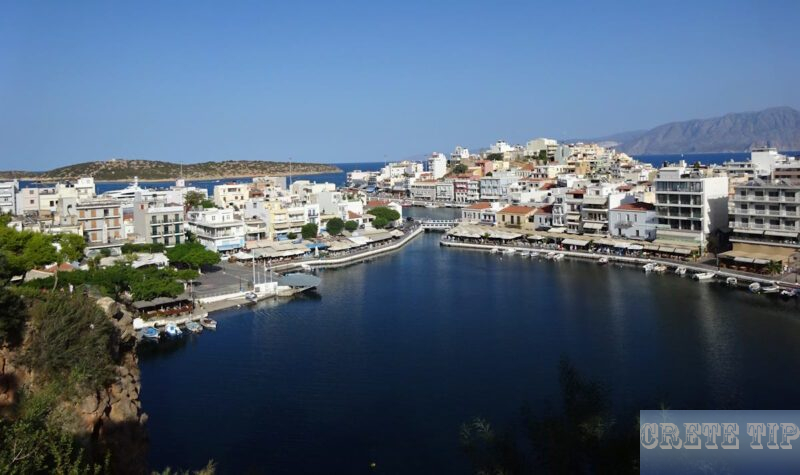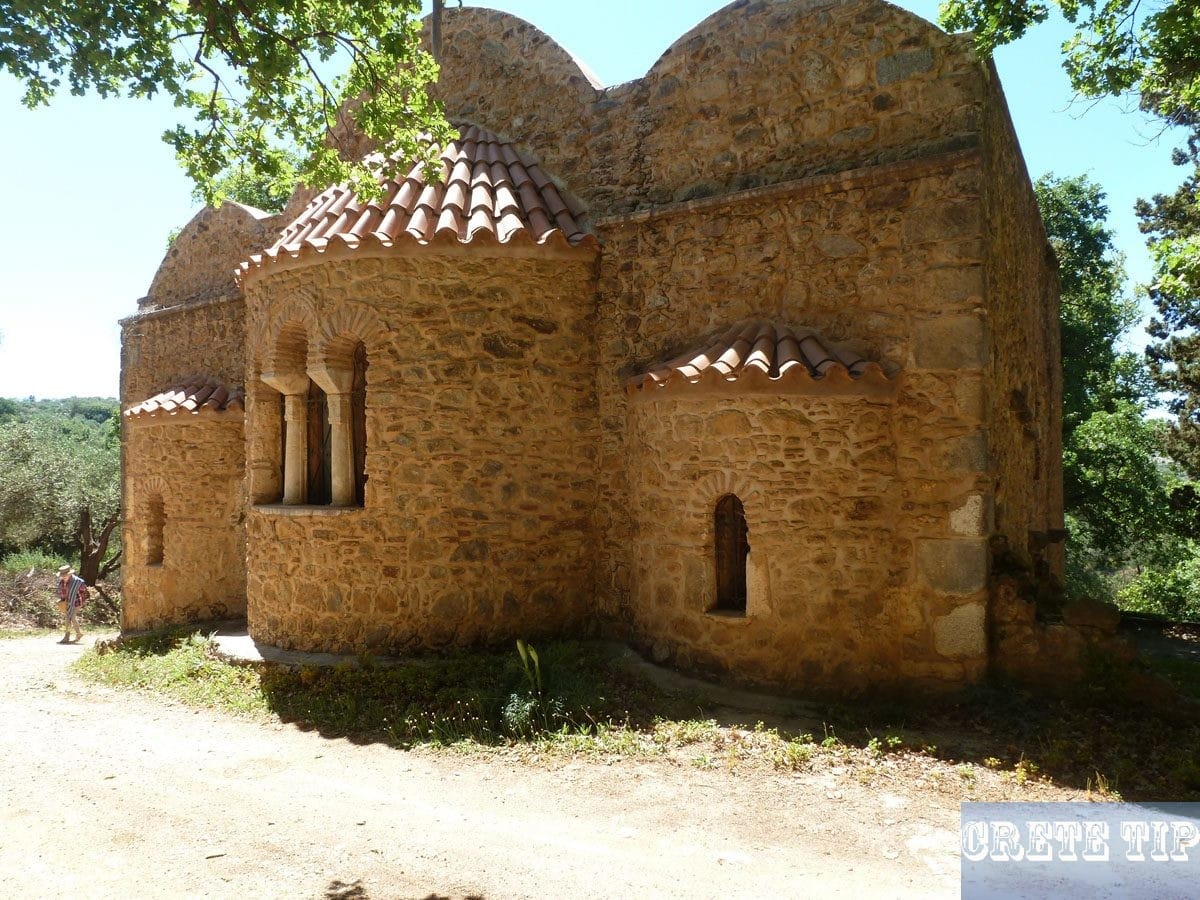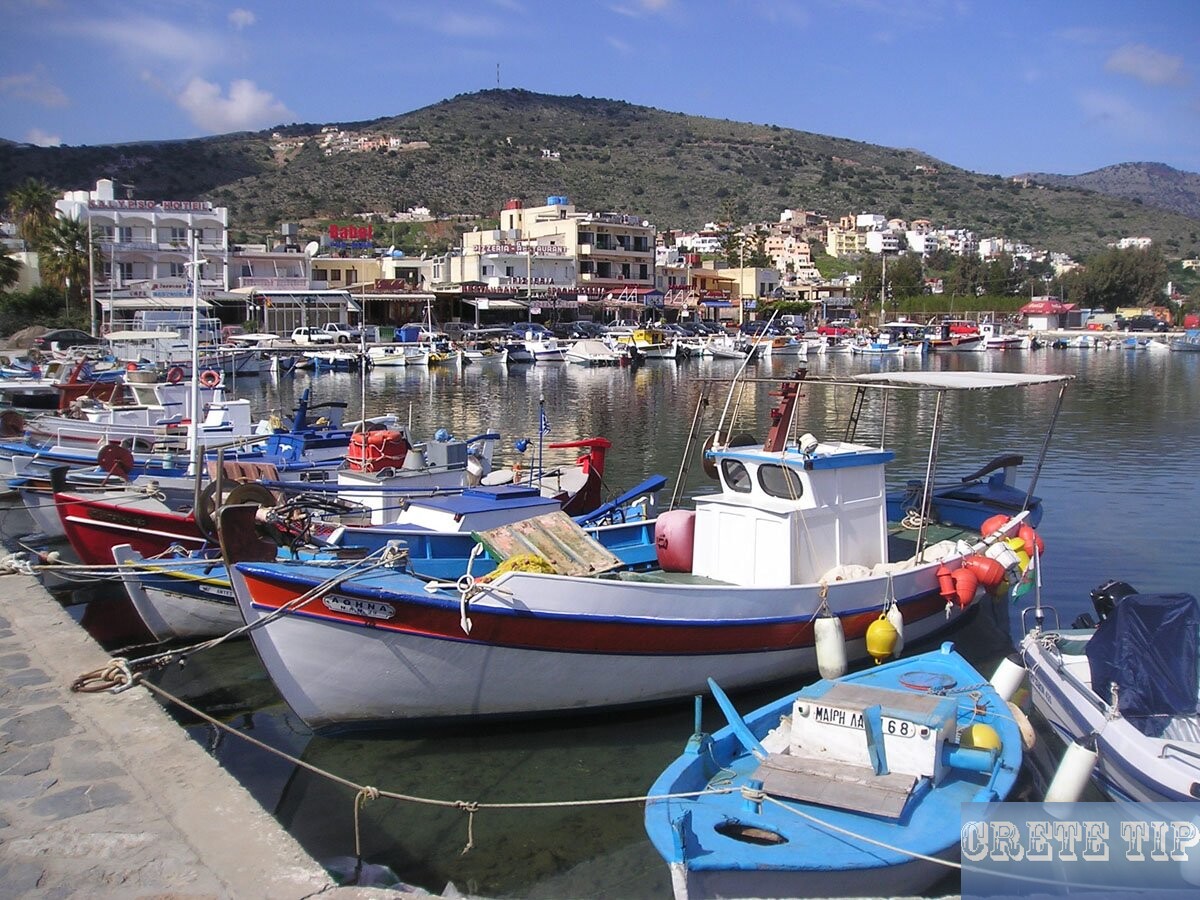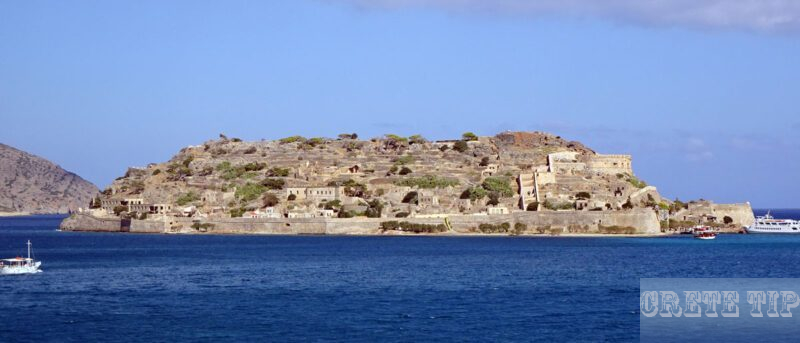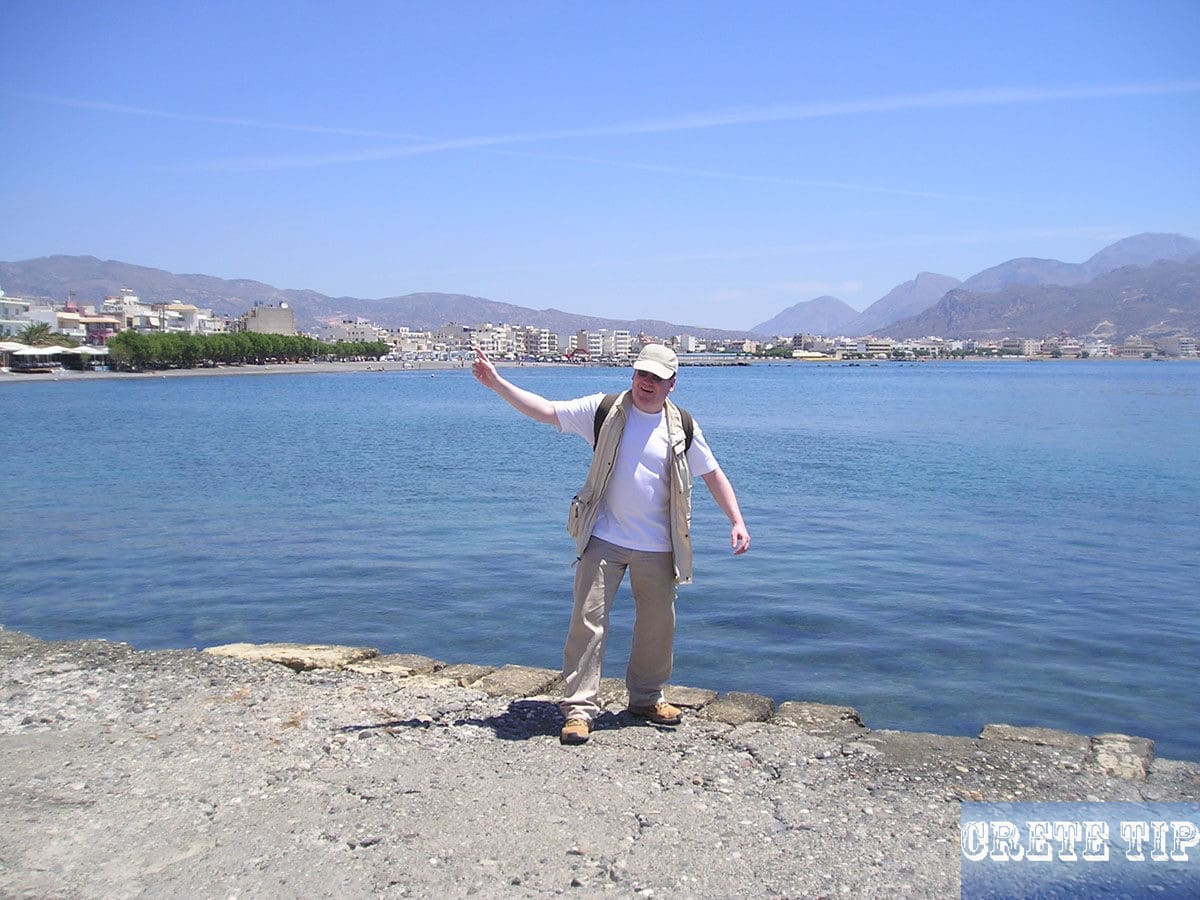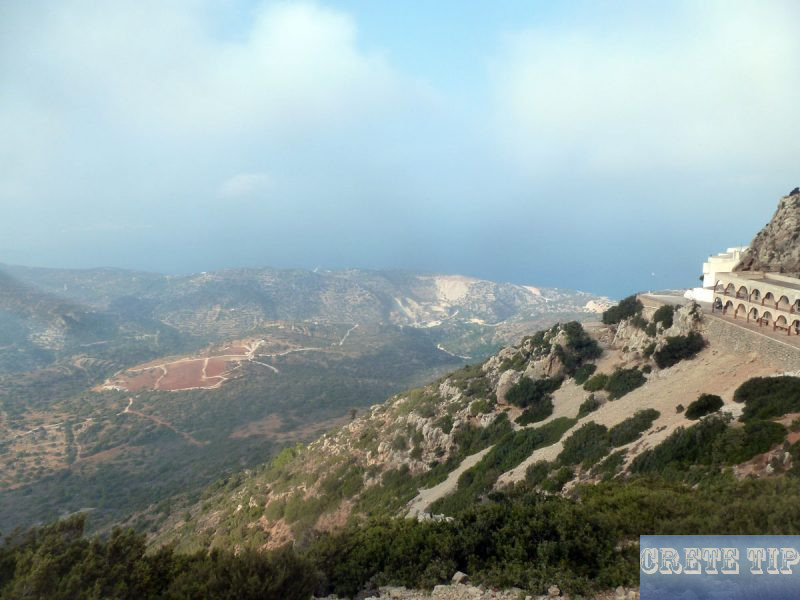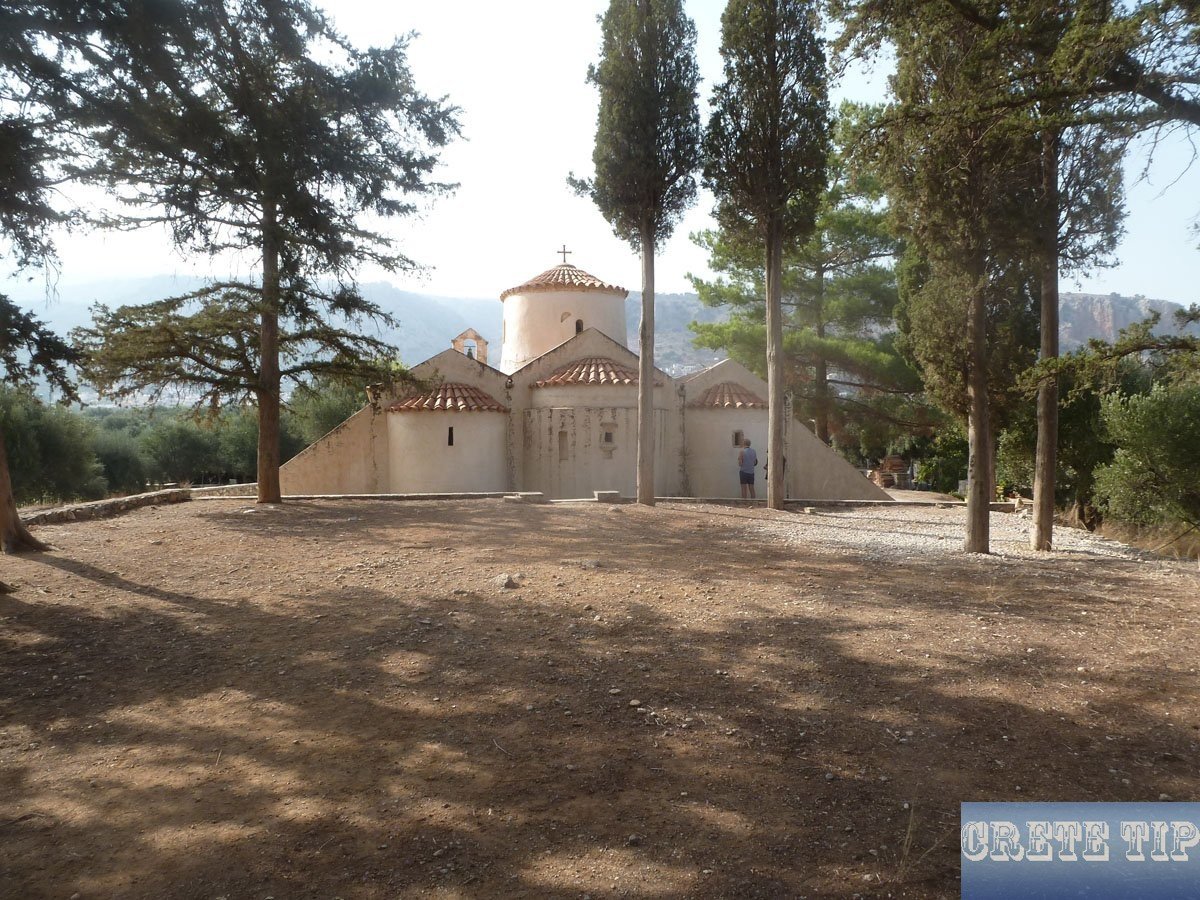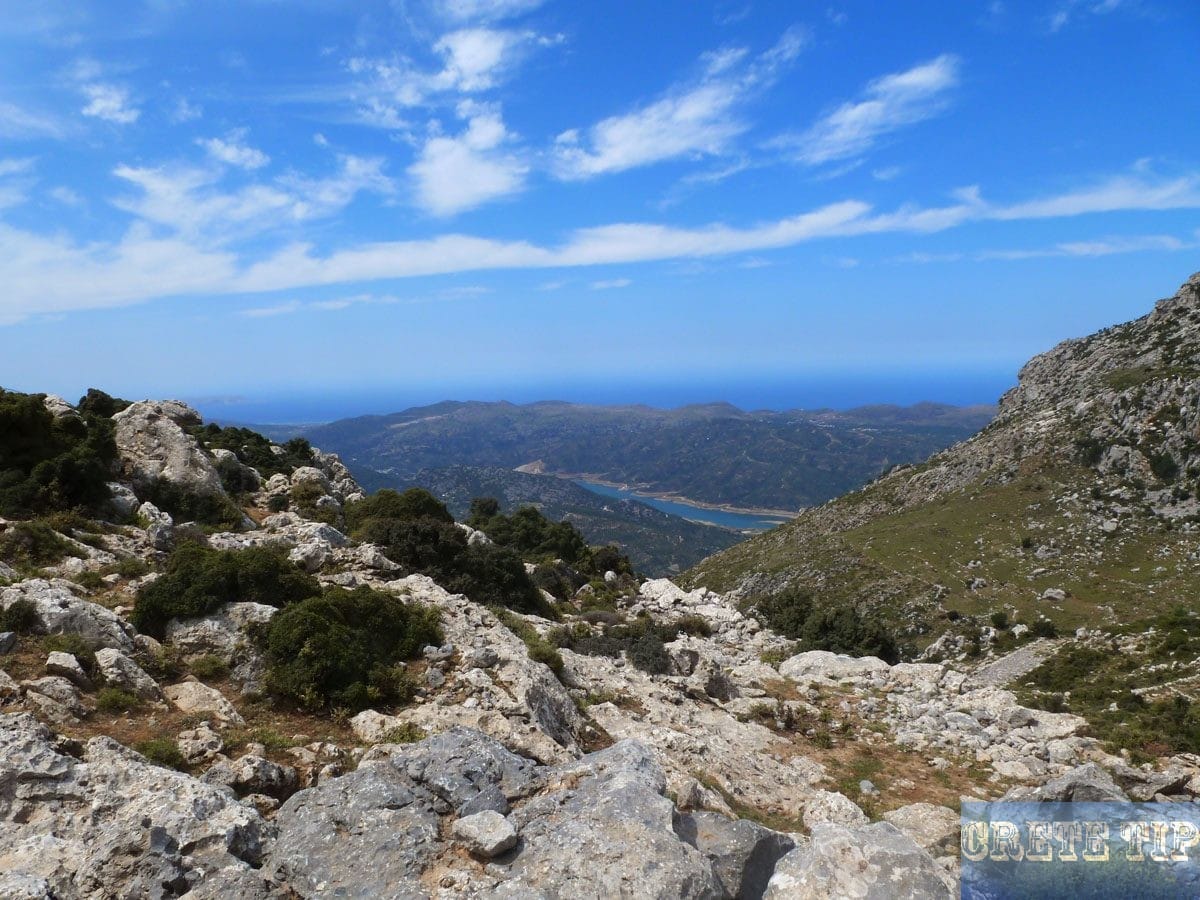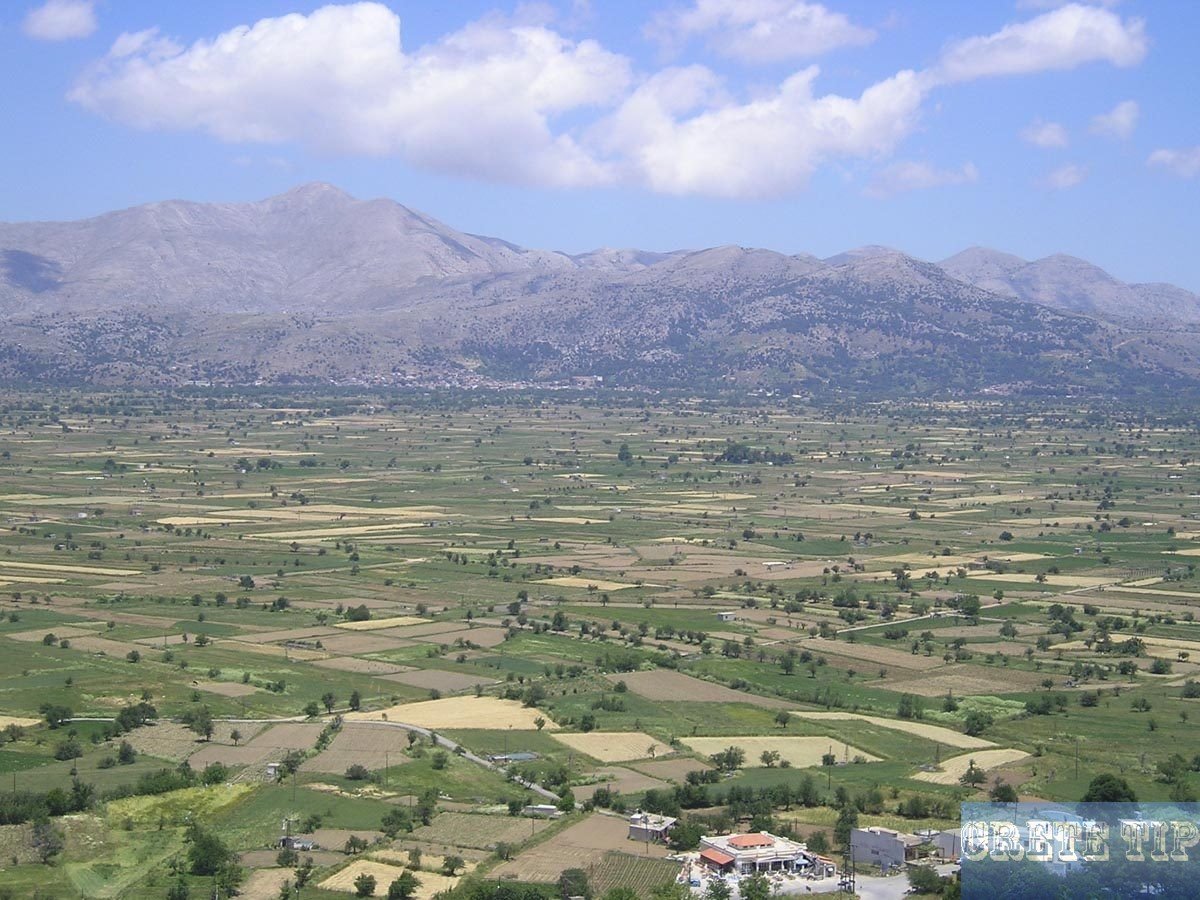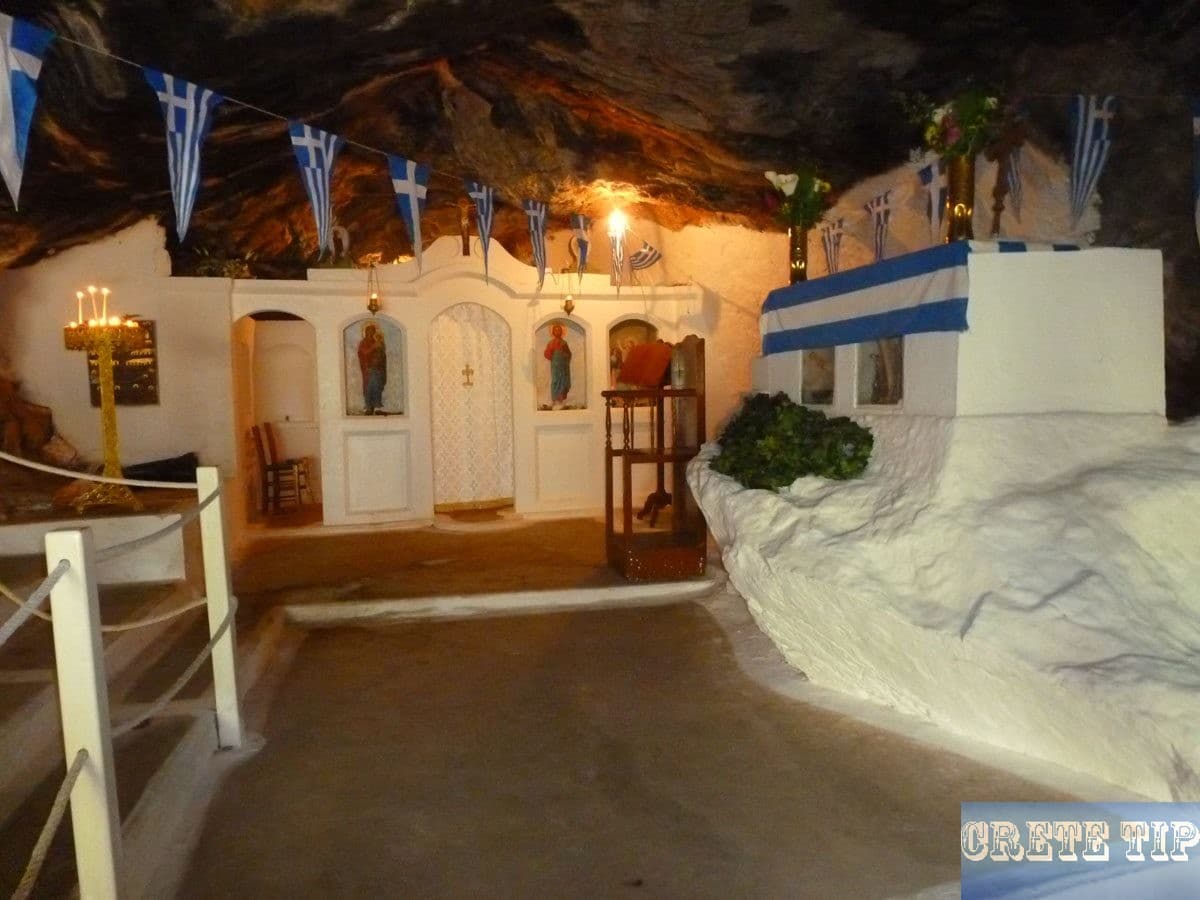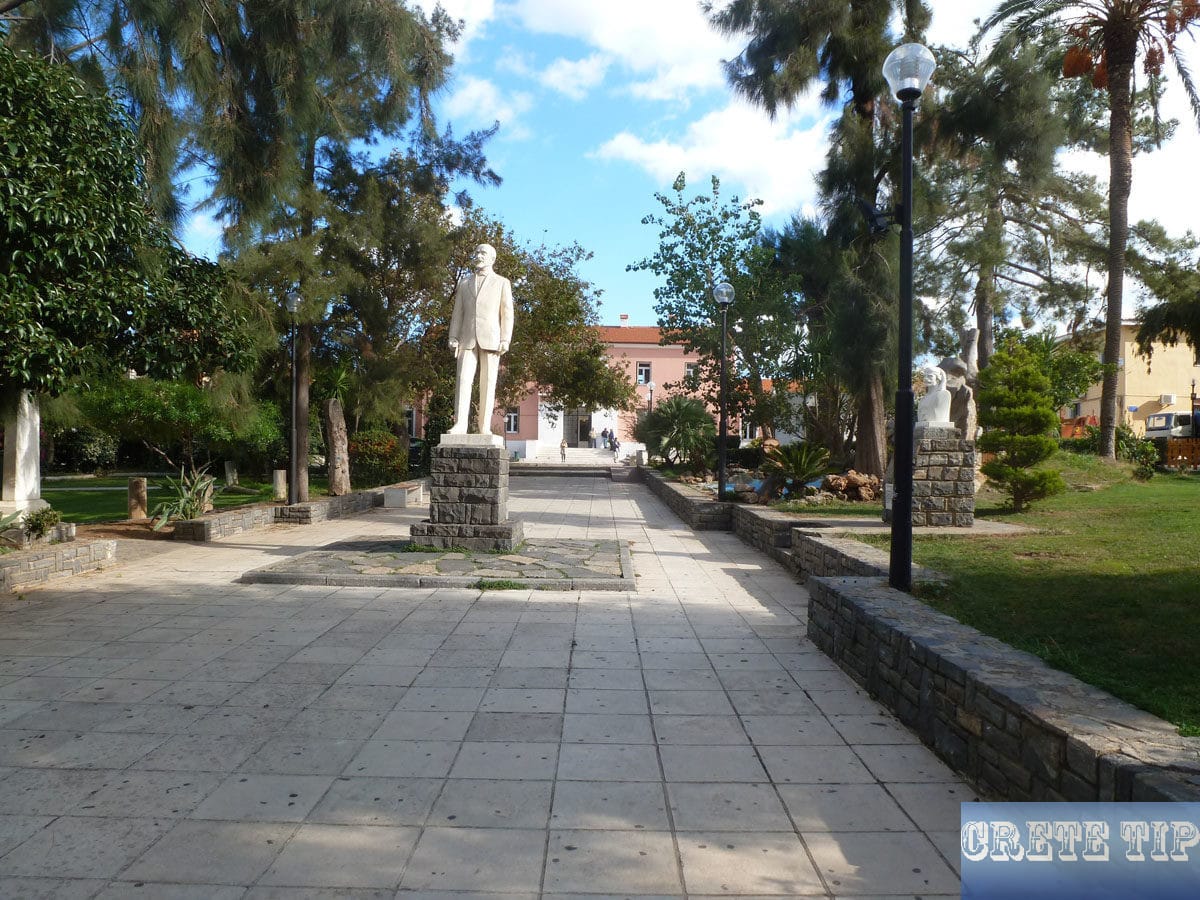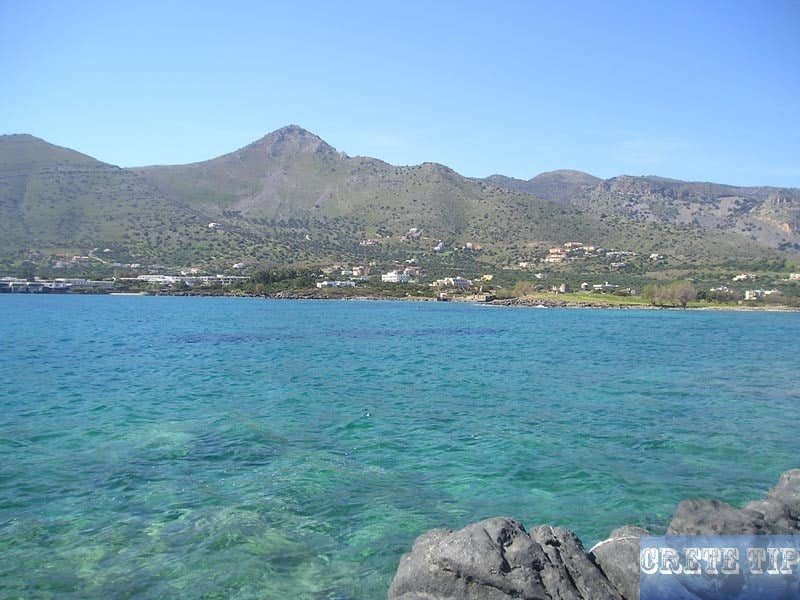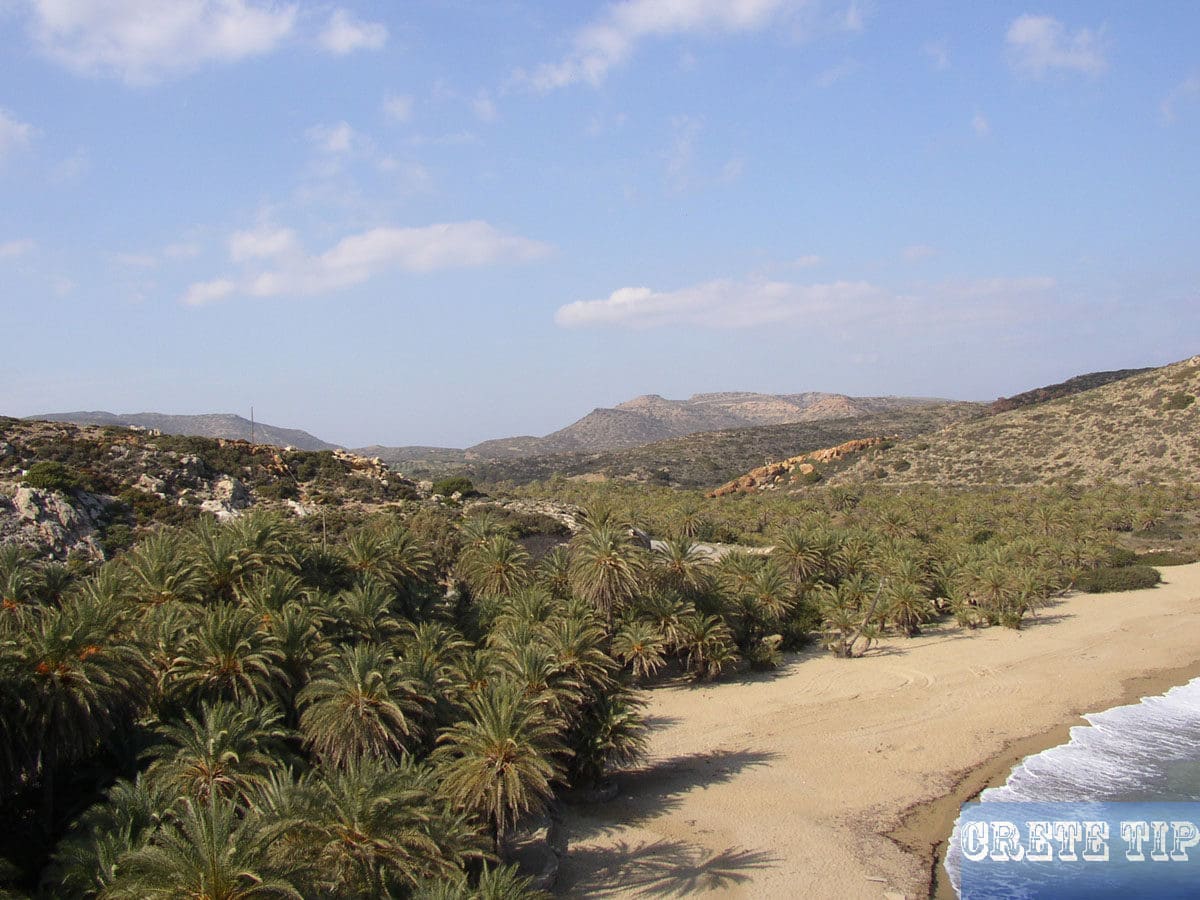Lasithi Prefecture on Crete: Unveiling the Island’s Serene Beauty.
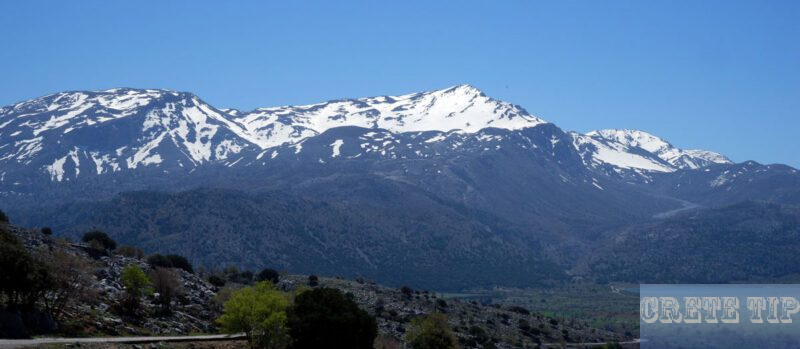
More about Eastern Crete
Lasithi Prefecture of Eastern Crete
Table of Contents
Nestled on the eastern edge of Crete, Lasithi Prefecture is a region that offers a unique blend of breathtaking natural beauty, rich history, and vibrant culture.
As my base and ‘headquarters’ for the last 20 years on Crete has always been in the Lasithi prefecture around the provincial capital of Aghios Nikolaos, it is only natural that I know my way around here best, have the latest information and photos and therefore most of the reports on this blog come from this region.
This easternmost territory of the island stands apart from its counterparts due to its unique combination of mountainous landscapes, serene beaches, and distinguished mythological significance.
It is famously home to the Dikti mountain range in the west and the less explored but equally captivating Thrypti range to its east.
The capital town of Aghios Nikolaos, along with other notable areas such as Ierapetra and Sitia, paints a vivid picture of Cretan life that balances traditional charm with modern comforts.
Lasithi is known for its coastal resorts and tranquil mountainous villages, where one can experience the authentic Cretan spirit.
These contrasting elements – the tranquil, unspoiled mountain villages and the established tourist hubs – coexist harmoniously, offering travelers a well-rounded experience of Crete’s eastern province.
Offering more than just sun and sea, Lasithi’s historical significance is underscored by its famous landmarks, such as the archaeological treasures of Zakros and the palm-lined beach of Vai, which is one of the largest palm groves in Europe.
The region serves as a time traveling portal to the past, where visitors can explore remnants of ancient civilizations and soak up stories embedded in the island’s enduring heritage.
Its diverse offerings ensure that Lasithi holds broad appeal, whether one seeks a relaxing getaway or an adventure into the annals of Cretan history.
History of Lasithi Prefecture
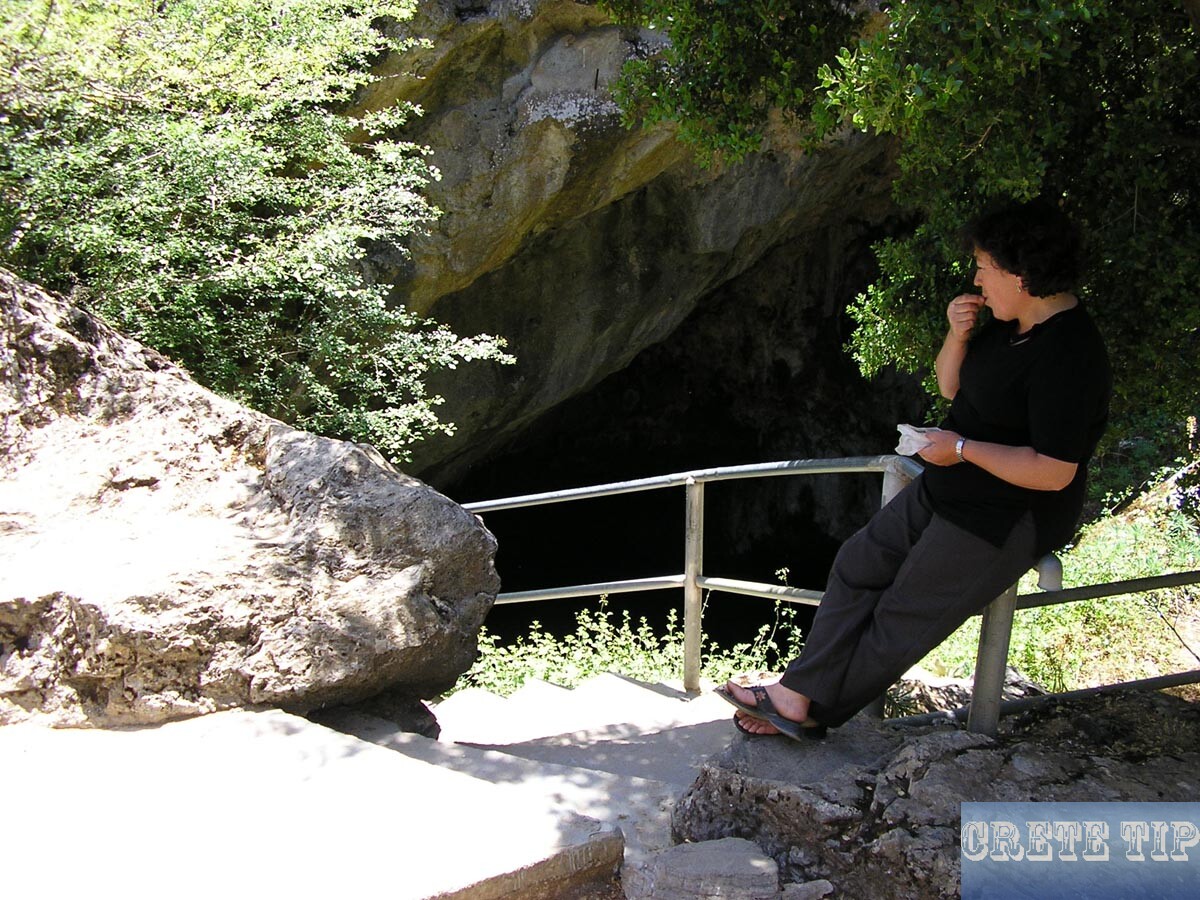
Lasithi Prefecture boasts a deep historical tapestry stretching from ancient Minoan civilization to its evolution in the Greek state. Each period contributes unique chapters to the detailed history of Crete.
Ancient History
Lasithi was a significant area during the Minoan civilization, notable for the Lassithi Plateau, which served as the civilization’s hub.
The cave of Trapeza confirms Neolithic habitation, underscoring the region’s long-standing human presence.
Medieval Period
During the Medieval Period, Crete experienced numerous power shifts, with Lasithi swept into the larger geopolitical changes.
Byzantine, Venetian, and eventually Ottoman rules left indelible marks with forts and architectural influences still visible today.
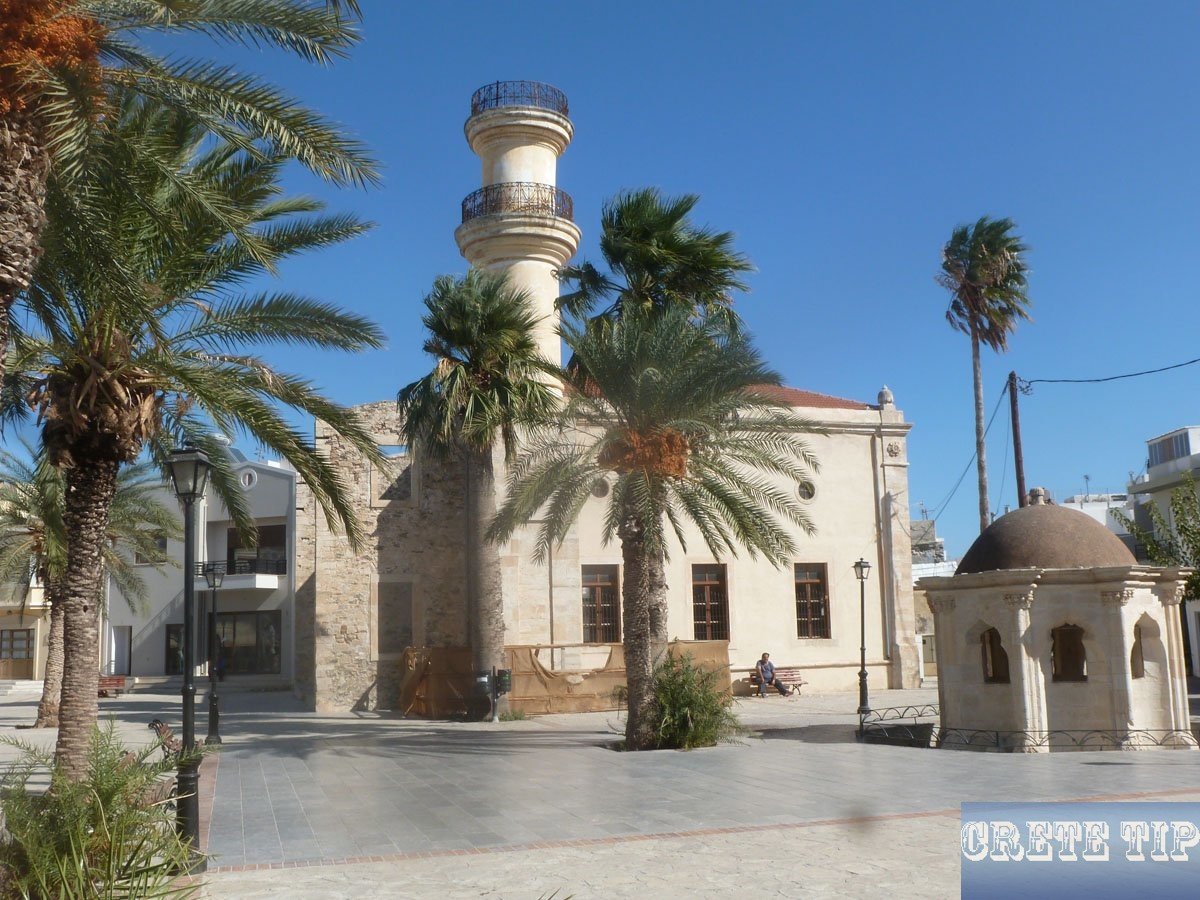
Modern Era
The 2011 Kallikratis government reform transitioned Lasithi from a former prefecture to a modern regional unit.
Its incorporation into Greece in 1913 marked a new chapter, blending the antiquity of its soil with the modernity of the nation-state.
Municipalities and Administrative Divisions

Lasithi Prefecture is delineated into several municipalities, each with its own administrative responsibilities and distinctive characteristics.
These municipalities not only serve as functional units of local governance but also embody the diversity of the region.
Aghios Nikolaos
Aghios Nikolaos serves as the capital of the Lasithi Prefecture. As a municipality, it plays a pivotal role in the region’s administration, concurrently attracting tourists to its coastal charm and vibrant cultural life.
Notably, it hosts the administrative offices central to the governance of the region, but also offers a mix of sandy beaches, vibrant nightlife and cultural attractions, including the Archaeological Museum of Aghios Nikolaos.
From the vibrant town of Aghios Nikolaos, often referred to as ‘Ag Nik’ for short, with its picturesque harbor and buzzing nightlife, to the traditional mountain village of Kritsa, known for its hand-woven textiles and ancient Byzantine churches, there’s something for everyone in this region.
Take a leisurely stroll through the narrow streets of Elounda, a charming fishing village that has been transformed into a luxurious vacation destination.
Enjoy fresh seafood, relax on the pristine beaches and take in the breathtaking views of Mirabello Bay.
Or venture inland to the village of Tzermiado on the Lassithi Plateau, nestled on the slopes of the Dikti Mountains, where you can hike along picturesque trails, visit traditional windmills and enjoy the local cuisine.
Ierapetra
Ierapetra, the southernmost town of Europe, is renowned for its agricultural output and historic landmarks.
The municipality actively engages in both the economic development of the region through its export of greenhouse vegetables and the preservation of its rich cultural heritage.
As the southernmost city in Europe, Ierapetra is often referred to as the ‘Bride of the Libyan Sea’. This charming coastal town is known for its stunning beaches, crystal clear waters and delicious seafood.
Tourists can visit the Venetian fortress, stroll along the promenade or take a boat trip to the nearby island of Chrissi, famous for its golden sandy beaches.
Sitia
Sitia’s municipality is marked by its serene beaches and Protected Designation of Origin (PDO) products, such as the renowned Sitia olive oil.
Its administrative contributions are significant in managing resources and the environmental treasures within its domain.
The area is also known for its unique natural wonders, such as the Richtis Gorge. This breathtaking gorge is a hidden gem with its lush vegetation, waterfalls and a path leading to a secluded beach.
In this eastern part of the island, the terrain is characterized by rolling hills covered with olive groves and vineyards. This picturesque landscape is dotted with charming villages where visitors can experience the traditional Cretan way of life.
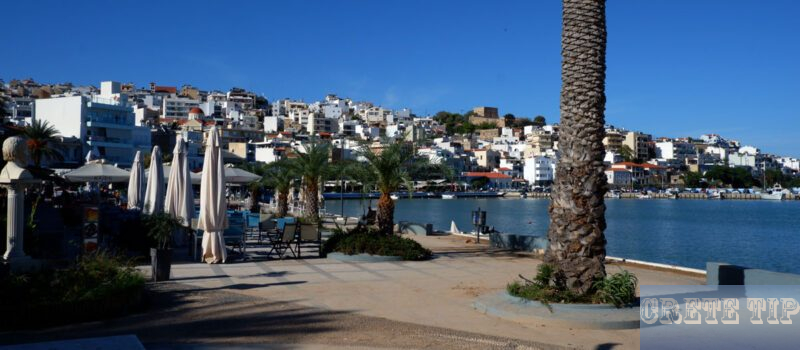
Neapoli
The final municipality of note is Neapoli, which balances traditional Cretan life with administration.
Neapoli’s municipality is responsible for overseeing local services and fostering community well-being, all the while preserving the traditional Cretan architecture and lifestyle that define it, and one of the most beautiful places in Crete.
Oropedio Lasithiou
The Lassithi Plateau, which can easily be cut off from the outside world in unfavorable weather conditions – especially in winter – is a separate administrative district called ‘Oropedio Lasithiou’.
Geography and Landscape
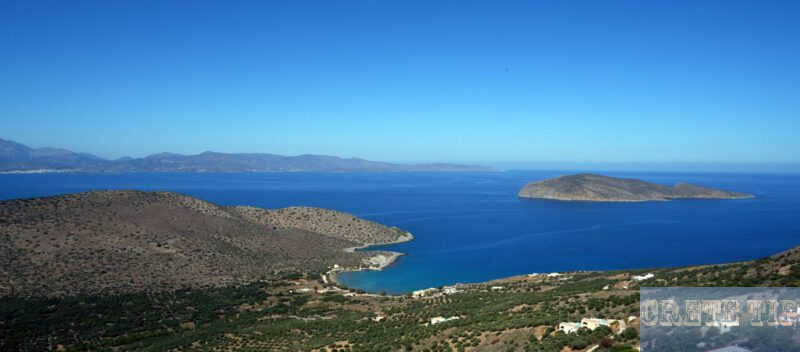
The Lasithi Prefecture exhibits a diverse topography ranging from high mountains and fertile plateaus to deep gorges and stunning coastal lines.
Its landscape is a blend of natural beauty that offers both vibrancy and serenity.
Plateau of Lasithi
Located approximately 840 meters above sea level, the Plateau of Lasithi is a picturesque expanse encircled by the Dikti mountain range.
This plateau is known for its iconic windmills, once used to irrigate the fertile lands, and its small, scenic villages that dot the plain.
Caves and Gorges
Lasithi is home to significant geological formations, including numerous caves and gorges.
Among them, the Dikteon Cave stands out as a site steeped in myth, believed to be the birthplace of Zeus. The Sarakina and Ha Gorges are other prominent features, offering rugged paths for hiking and exploration.
Coastlines and Beaches
The prefecture’s boundary is uniquely framed with diverse coastlines and beaches.
To the north, one finds the Cretan Sea’s shores, while the south features the Libyan Sea’s beaches.
Places like Vai Beach, with its palm forest, provide a tropical escape, whereas the eastern resorts, such as in the area of Sitia, are known for their peaceful waters and unspoiled landscapes.
Frequently Asked Questions

Lasithi prefecture, with its unparalleled natural beauty and rich cultural heritage, offers visitors abundant opportunities for exploration and leisure.
What are the top attractions to visit in Lasithi prefecture?
Visitors to Lasithi prefecture should not miss the chance to experience the unique natural wonder of the Lasithi Plateau, famous for its iconic windmills, and the awe-inspiring Cave of Zeus, which plays a significant role in Greek mythology.
Which beaches in Lasithi prefecture are considered must-visit?
The beaches of Vai with its palm forest, and the secluded Xerokampos, offer crystal-clear waters and tranquil atmospheres, making them top choices for both relaxation and water activities.
Can you recommend some traditional restaurants in Lasithi prefecture?
Culinary enthusiasts should explore traditional Cretan tavernas in Aghios Nikolaos, Elounda, Sissi or the locally acclaimed restaurants in Ierapetra, famous for their authentic Cretan dishes and fresh seafood.
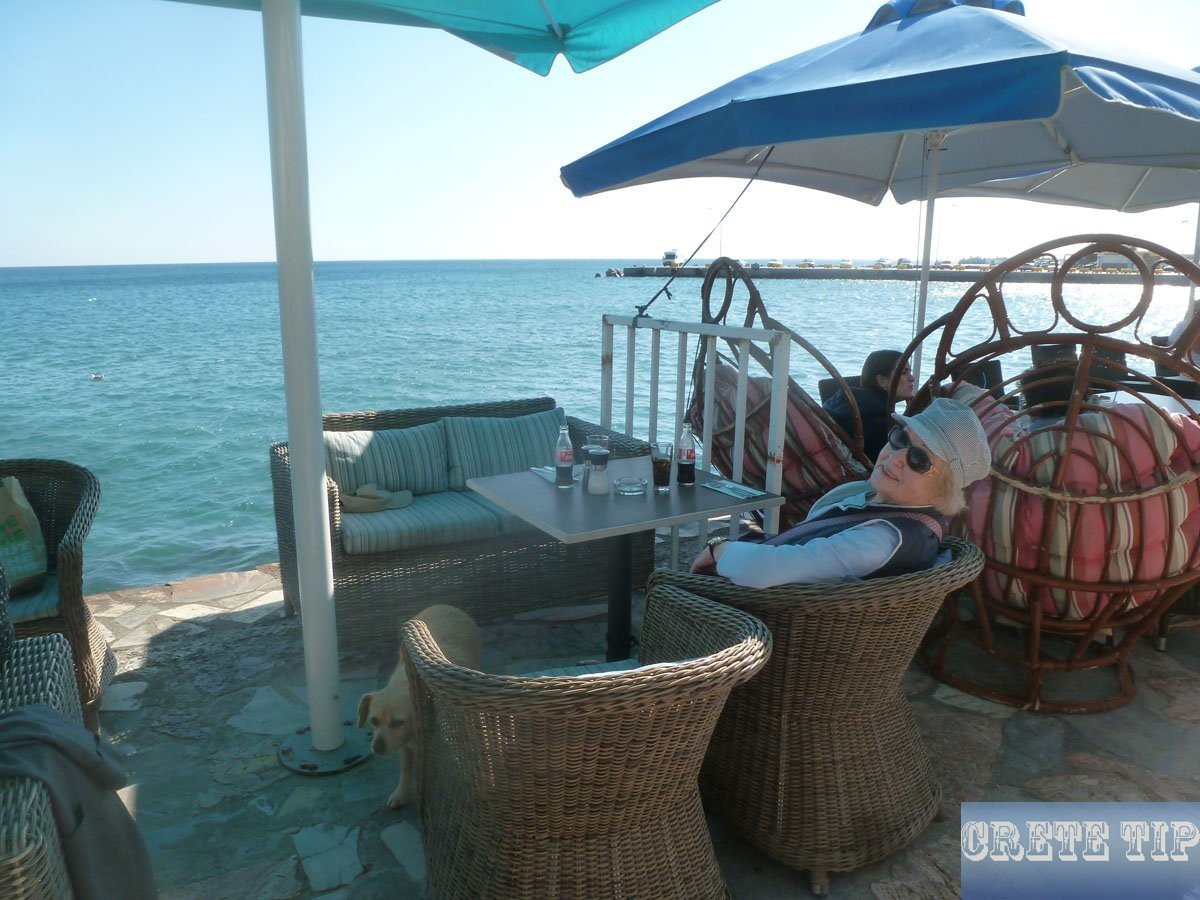
What are some highly-rated hotels in Lasithi prefecture?

For a comfortable stay, many choose the upscale resorts in Elounda or boutique hotels in Aghios Nikolaos, which are highly-rated for their excellent service and scenic views of Mirabello Bay.
We can recommend Corali Studios and Portobello Apartments as a cheaper alternative direct behind the Elounda beach.
Are there any unique festivals or holidays celebrated in Lasithi prefecture?
The annual cultural festivals in Lasithi, including the Kornaria Festival in Agios Nikolaos, showcase local music, dance, and art, providing visitors with an authentic taste of Cretan culture.
In Neapoli, the most important festival is ‘Koumissis tis Theotokou’ or Dormition of the Virgin Mary on August 15, which is celebrated with a large street festival and lots of music for two days.
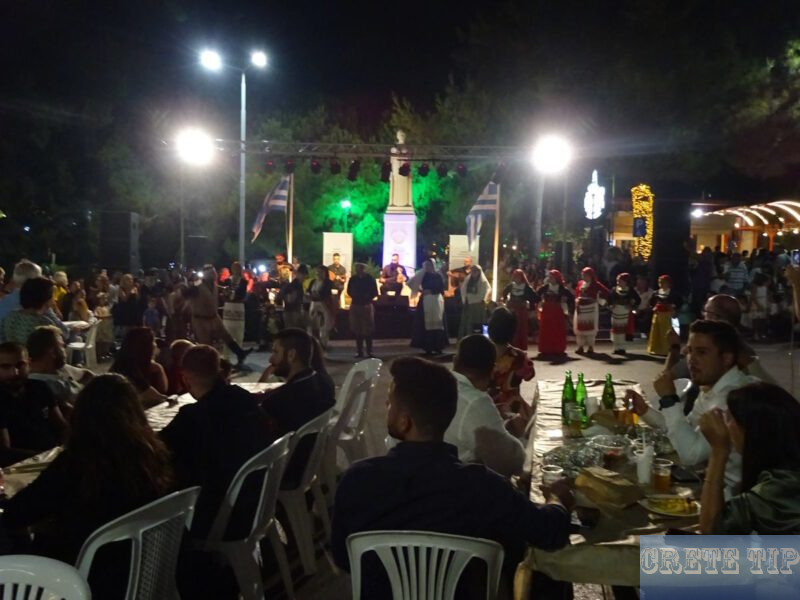
What is the historical significance of Lasithi prefecture on Crete?
Lasithi draws significant interest for its historical sites. These include the Minoan palace of Zakros and the ancient ruins of Itanos. These reflect Crete’s ancient civilizations’ influence on the wider Mediterranean region.


